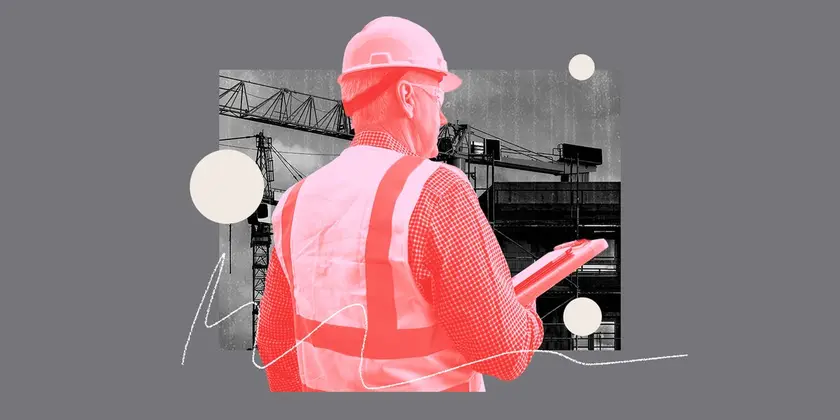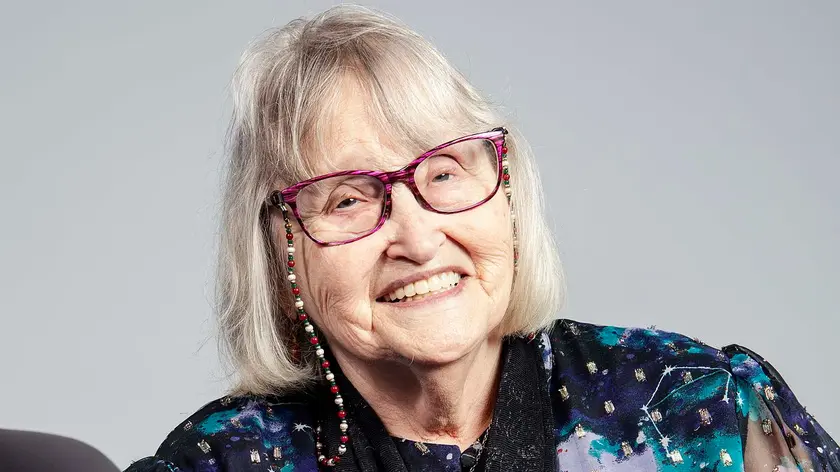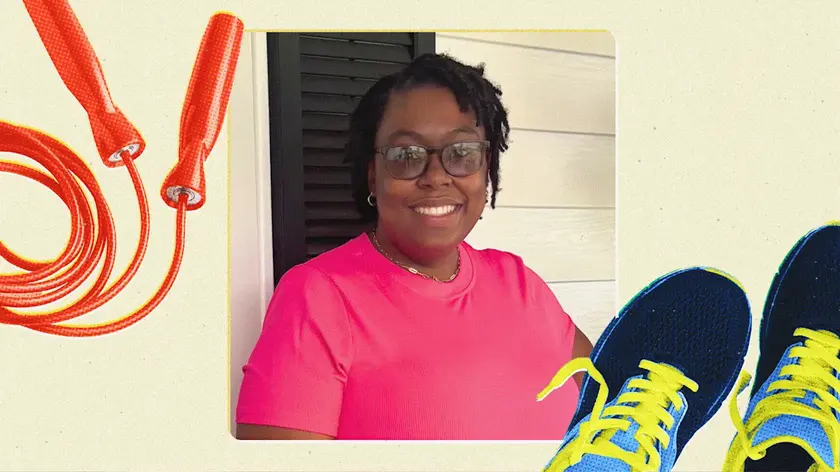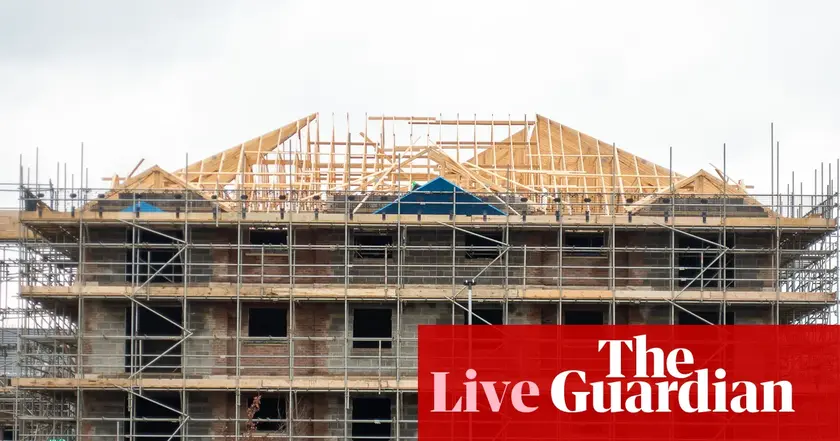T4K3.news
Seven hobbies help seniors stay active
A new piece highlights seven hobbies that keep people 65 and older moving and engaged.

A simple mix of daily activities helps people over 65 stay active, social, and engaged.
Seven hobbies keep seniors moving and energized
Older adults can stay energetic by choosing hobbies that fit naturally into daily life. The piece highlights seven activities that repeatedly come up among active seniors: walking with intention, dancing, gardening, swimming, practicing yoga or tai chi, cycling, and playing sports. The author notes these activities pair movement with joy, social connection, and purpose. Evidence is cited: the American Heart Association links regular walking to better cardiovascular health, mood, and memory, while a 2023 meta-analysis shows gardening can reduce depressive symptoms when done over weeks. Small changes, like trying a new route or adding a gentle incline, keep the habit fresh.
Access matters. Pools, community centers, and safe outdoor spaces help more people join in. The piece stresses that energy comes from activities that feel joyful, not from a rigid exercise plan. The social side of dancing, group cycling, and team sports adds motivation and belonging, which may explain why these hobbies stick. The takeaway is simple: sustainable energy in later life comes from enjoyment, safety, and connection, not intensity.
Key Takeaways
"The pool is the only place I feel completely free. It's like the weight of age disappears."
A retired teacher describing swimming
"We’ve ridden thousands of miles together. It keeps us talking, keeps us exploring."
A couple in Portugal
"Play is not just an activity; it’s a state of mind that helps us stay resilient."
Psychologist Stuart Brown on play
Editorially, the piece reframes aging as a life project powered by joy and community rather than sheer grit. It links everyday hobbies to health outcomes in a way that's accessible to a broad audience, and it points to credible sources to bolster its claims. Yet the piece also invites readers to consider equity: access to pools, safe walking routes, and affordable classes varies by neighborhood and income, which could widen gaps in who benefits most.
Looking ahead, communities could harness this insight by funding low-cost, inclusive programs and by making spaces friendlier to older adults. Health professionals might weave these hobbies into guidance for patients, focusing on sustainability and social value. The broader trend aligns with preventative care and social determinants of health, suggesting energy in later life is as much about belonging as it is about movement.
Highlights
- Joy in motion beats a treadmill mindset any day
- Age is a number not a limit to the next adventure
- Movement is a daily invitation not a duty
- Community keeps energy alive longer than any routine
Energy, when shared, becomes a lifelong companion.
Enjoyed this? Let your friends know!
Related News

Americans 80 and older increasingly active in the workforce

Transfer news intensifies as deadline approaches

Four simple steps to beat brain fog

Music and brain health study

Patients achieve health improvements through lifestyle changes

RA patient defies denial with GLP-1 treatment

Morning Exercises Women 45 Plus Build Strength and Mobility

UK construction activity sees sharpest drop in five years
